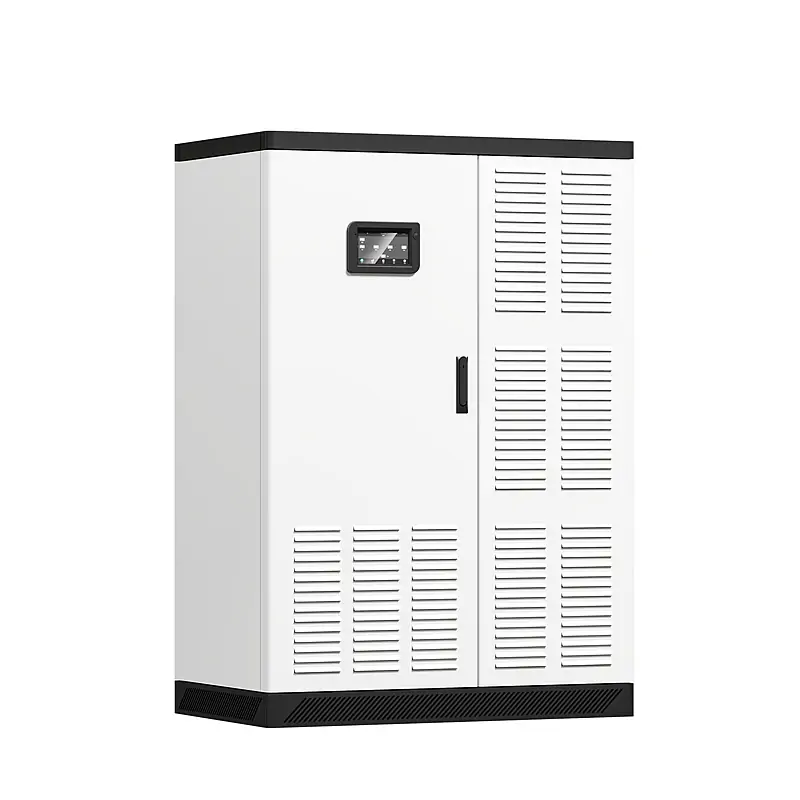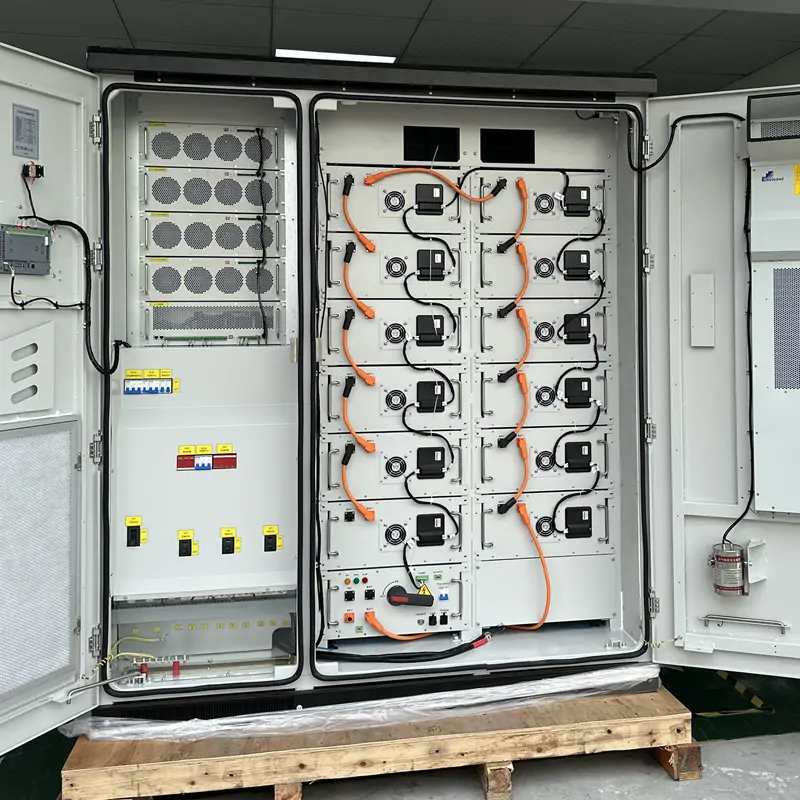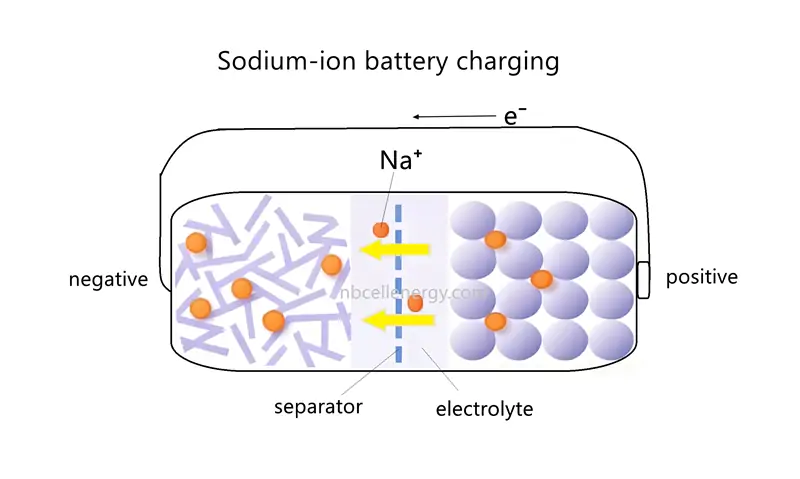With the advancement of technology, lithium batteries are gradually replacing traditional lead-acid batteries due to their superior performance. Lithium batteries (especially lithium iron phosphate, LiFePO4) have longer service life, lighter weight, higher energy density and lower maintenance requirements, and are widely used in RVs, boats, solar systems, golf carts and electric vehicles.
However, replacing lead-acid batteries with lithium batteries is not a simple “plug and play” process. This article will introduce you to 5 tips for replacing lead-acid batteries with lithium batteries to help you complete the replacement smoothly and maintain the normal operation of your equipment.
Table of Contents
Voltage
The nominal voltage of the lithium battery must match the existing equipment. Wrong voltage may cause equipment damage or poor performance.
We need to understand the voltage of the lead-acid battery of the device (for example, 12V, 24V or 48V), and then choose a lithium battery with the same voltage. If a higher voltage is required, it can be achieved by connecting lithium batteries in series.
For example, if you want to replace a 12v RV battery with a LiFePO4 battery, you can connect four LiFePO4 battery cells with a nominal voltage of 3.2v in series to get a 12.8v LiFePO4 battery pack, and then use the battery pack for replacement. Or you can directly purchase a lithium battery (LiFePO4) pack with the corresponding voltage for replacement.

Voltage Calculation Method
The voltage of the lead-acid battery/the voltage of a single lithium battery = the number of lithium batteries required.
For example, if you want to replace a 24v lead-acid battery with a 3.2v LiFePO4 battery: 24/3.2=7.5. This requires 8 LiFePO4 battery cells in series. If you want to replace it with a 12v lithium battery pack: 24/12=2. This requires 2 lithium battery packs in series. Of course, you need to confirm with the manufacturer whether the battery packs they produce support series connection.
Some people may ask, 24/3.2=7.5, why not use 7 battery cells?
When lithium batteries replace lead-acid batteries, due to their different battery characteristics, the voltages are generally not completely consistent. Choosing a voltage slightly higher than the original lead-acid battery can better power the device and maintain stable operation of the device.
Battery Compartment Space
Since lithium batteries have a higher energy density than lead-acid batteries, lithium batteries that store the same amount of electricity are smaller and lighter than lead-acid batteries. When replacing, we need to make sure it fits in the battery compartment space and check whether the terminal type (bolt, nut or quick connector) matches.
When replacing, you should first measure the battery compartment size (length × width × height) and check the lithium battery specification table to ensure that the original space can fully accommodate the lithium battery. If the terminals do not match, use an adapter or replace the connection cable.
If you are replacing a lead-acid battery with a lithium battery for a forklift, sometimes you also need to consider the counterweight.
When there is a lot of space left in the battery compartment, you should use a bracket or fixing belt to fix the lithium battery to avoid vibration during use, which may cause damage or loose connection. Or if you want to use the extra space to increase the usage time, if the size is suitable, it is a good choice to choose a lithium battery with the same voltage and higher capacity.
Charger
When the battery of the device is changed from lead-acid to lithium battery, its charger also needs to be replaced, and a charger dedicated to lithium battery should be used. Mixing chargers will cause undercharging or overcharging, damage the battery, and even cause safety hazards!
If you purchase the battery pack directly from the manufacturer, they can provide the corresponding charger.
If you purchase the charger separately, please understand your lithium battery pack before purchasing. If it is a NMC battery, please choose a NMC battery charger. If it is a LiFePO4 battery, please choose a LiFePO4 battery charger.

BMS
Lithium batteries require a battery management system (BMS) to prevent overcharging, overdischarging, overheating and short circuiting. Lithium batteries that are not protected by a BMS may pose safety risks.
BMS usually also has communication functions such as Bluetooth, allowing you to more easily understand the status of the battery.
Generally speaking, manufacturers will install a BMS when producing lithium battery packs. If you assemble the battery yourself to replace the lead-acid battery, please be sure to choose a matching BMS to ensure safety in subsequent use.
Battery Quality
The most important thing is the quality of the battery, which is also what we need to control most.
When we need to buy lithium batteries, we will find that the prices of batteries of the same specifications vary greatly. Choosing high-quality lithium batteries means effectively reducing the risks of short circuits and explosions, while having a long cycle life to ensure that the equipment operates efficiently and sustainably. Although the initial cost is higher, high-quality batteries reduce frequent replacement and maintenance costs, and are more economical in the long run.
If you need high-quality, cost-effective lithium batteries, please contact us: info@nbcell.com. We will definitely provide you with the products you want.
Conclusion
Replacing lead-acid batteries with lithium batteries is a wise choice to improve the performance of power systems. This article provides you with 5 tips on voltage, battery compartment space, chargers, etc. I hope these contents can help you avoid common problems and fully enjoy the advantages of lithium batteries’ long life, high efficiency and light weight!






